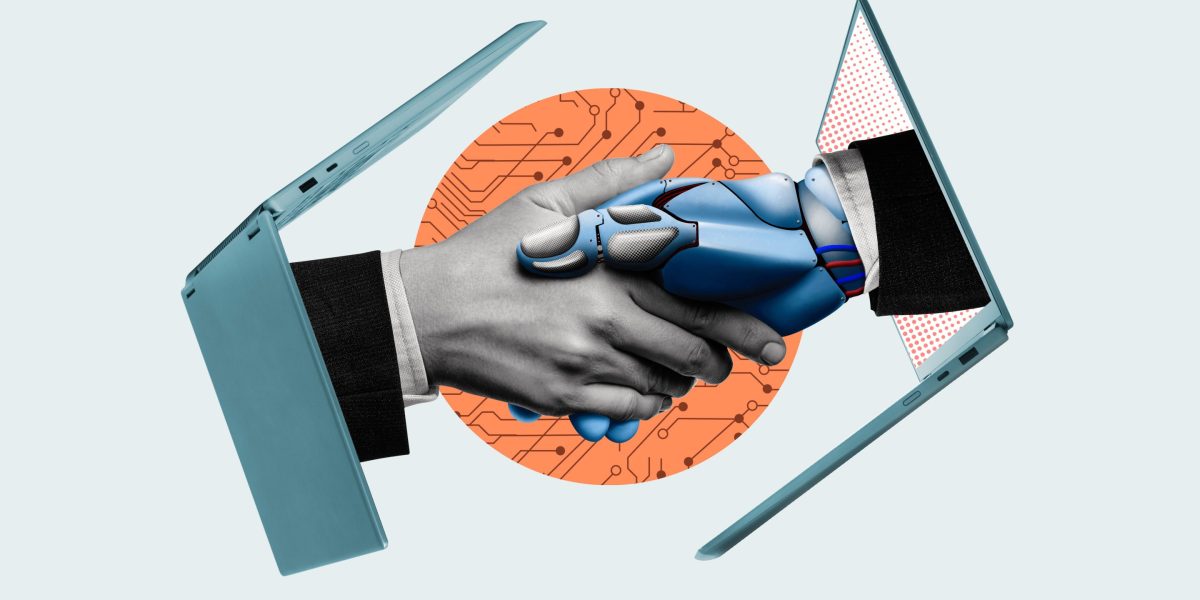Jim Fish, CEO of waste management company WM, says the future of his industry can be succinctly summarized in an observation shared by his teenage daughter: None of her classmates aspire to become a truck driver.
“Our biggest challenge—and we are using technology to address it—is labor,” says Fish, who shared the anecdote during a virtual session hosted by Fortune in partnership with consulting firm BCG.
WM has been undergoing a pretty major transformation over the past several years. It rebranded itself from Waste Management to WM in a push to align more with sustainability aspirations. Fish says the company has spent $3 billion over the past few years to bolster WM’s recycling infrastructure, while also expanding capacity in markets where it didn’t have a big presence, like Texas, Tennessee, and Florida.
But a big initiative at WM involves reducing the company’s labor burden. Finding employees to drive trucks and operate heavy equipment can be a challenge—and very expensive, Fish says. The average salary for a WM trash truck driver is approaching $100,000, according to Fish, and can sail to close to $200,000 in regions like San Francisco where the cost of living is high.
As a result, WM is rebuilding plants and leaning on technologies that can reduce the number of employees that are needed, for jobs that the future workforce doesn’t necessarily want anyway. WM says it doesn’t plan to cut jobs, but expects to see headcount reduced over time through attrition.
Fish was just one of many CEOs who shared during the virtual conversation that they were constantly rethinking how to transform their businesses to maintain an edge. As emerging technologies like generative AI advance quickly, companies across all sectors are expected to increase productivity, remake their operations, and constantly evaluate how they stand versus competitors.
But BCG’s Sharon Marcil, a managing director and senior partner, says many leaders should also keep customer feedback top of mind, too. “If you lose sight of that, you can be transforming, but not necessarily in the right direction,” she says.
Seeking opportunities and solutions
The mix of competitors that nonprofit Goodwill Industries International is contending with includes an increasing number of for-profit businesses. “We just need to really raise the bar and compete against very well-funded corporate competitors,” says Goodwill CEO Steve Preston at the virtual session.
The nonprofit is focusing on both building out brick-and-mortar locations while also expanding the company’s online presence. That’s resulting in an increasingly complex ecosystem to connect new buyers and sellers of recycled goods, but also a lot of new opportunities to hunt for growth.
Meanwhile, on the heels of a recent “trusted to transform” themed investor day presentation, CEO Antonio Pietri of Aspen Technology says the software company’s customers are looking for solutions to help them as they decarbonize and transform their energy sources away from fossil fuels.
“We then have to transform ourselves to be able to be uniquely positioned along the transformation,” says Pietri. The company’s employee count has swelled as a result of an $11 billion merger with Emerson Electric’s software units, a deal that closed in 2022.
To help clients achieve their multi-year energy transition goals, Pietri says there’s a greater expectation for Aspen and others to think expansively about the use of AI to make engineering, physics, chemistry, and math more intelligent and predictable.
Transforming with AI
Many CEOs are on the same page as Pietri, focusing big on AI initiatives. Earlier this year, Docusign unveiled an AI-powered “intelligence agreement management” platform, which offers customers the ability to centralize all their vendor agreements and use AI to help track which contracts are up for renewal, the ones that may be out of compliance with a company’s internal standards, and generate insights into how vendors are performing over time.
“We’re seeing tremendous early intakes,” says Docusign CEO Allan Thygesen of the offering that launched in May.
AI is also an important tool that can help make buildings more efficient, says Dave Regnery, CEO of Trane Technologies, which sells heating, air conditioning, and ventilation systems. He points out that average commercial building can waste up to 30% of the energy it consumes. With that in mind, Trane has been using structured data for years to rethink building design. Generative AI can also help tap into unstructured data, which can include multimedia content, emails, audio files, and more.
“When you augment that with unstructured data, that’s where the opportunity really happens,” Regnery says.
And Steve Hasker, CEO of business services and news provider Thomson Reuters, says his intention is to ensure that all of the company’s employees are using generative AI every day. He’s injected generative AI into the products that Thomson Reuters sells to legal, tax, and accounting clients, but adds that journalists have embraced the technology, too.
Having experienced other major technology advancements including the advent of the personal computer, mobile, social media, and cloud computing, Hasker thinks the latest new technology innovation wave will be the most impactful.
“Generative AI is going to be bigger than any one of those, in terms of its disruptive power,” says Hasker.
